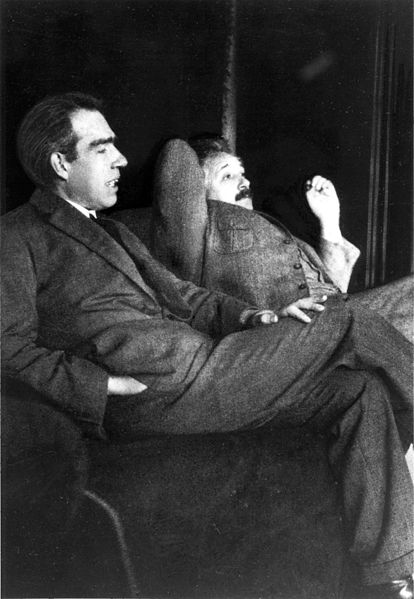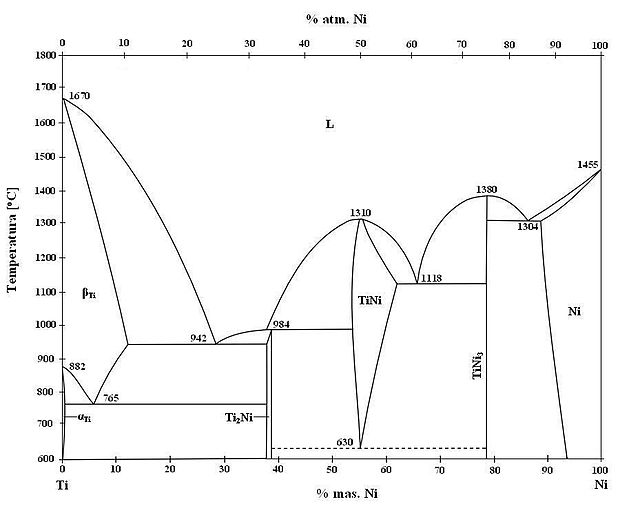Paul Ehrenfest was an Austrian theoretical physicist who made major contributions to the field of statistical mechanics and its relations with quantum mechanics, including the theory of phase transition and the Ehrenfest theorem. He befriended Albert Einstein on a visit to Prague in 1912 and became a professor in Leiden, where he frequently hosted Einstein. He died by murder-suicide in 1933; he killed his disabled son Wassik, and then himself.
Ehrenfest in c. 1910
Ehrenfest's students, Leiden 1924. Left to right: Gerhard Heinrich Dieke, Samuel Abraham Goudsmit, Jan Tinbergen, Paul Ehrenfest, Ralph Kronig, and Enrico Fermi
Niels Bohr and Albert Einstein debating quantum theory at Ehrenfest's home in Leiden (December 1925)
In chemistry, thermodynamics, and other related fields like physics and biology, a phase transition is the physical process of transition between one state of a medium and another. Commonly the term is used to refer to changes among the basic states of matter: solid, liquid, and gas, and in rare cases, plasma. A phase of a thermodynamic system and the states of matter have uniform physical properties. During a phase transition of a given medium, certain properties of the medium change as a result of the change of external conditions, such as temperature or pressure. This can be a discontinuous change; for example, a liquid may become gas upon heating to its boiling point, resulting in an abrupt change in volume. The identification of the external conditions at which a transformation occurs defines the phase transition point.
A binary phase diagram showing the most stable chemical compounds of titanium and nickel at different mixing ratios and temperatures.
A small piece of rapidly melting solid argon shows two concurrent phase changes. The transition from solid to liquid, and gas to liquid (shown by the white condensed water vapour).





